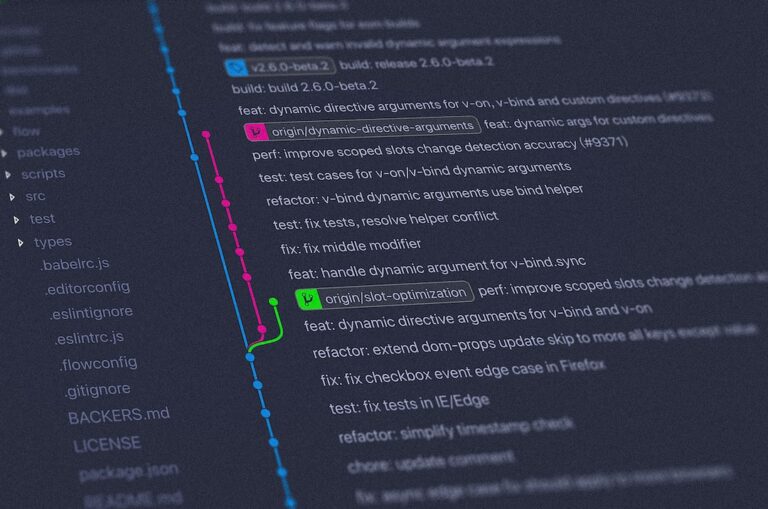Java, a versatile and powerful programming language, has been the cornerstone of many applications worldwide. As developers, we understand the importance of writing clean, maintainable code. One of the most overlooked yet crucial aspects of this is the art of commenting. In this comprehensive guide, we delve deep into the best practices for code comments in Java, ensuring that your code remains readable and maintainable for years to come.
Why Commenting is Essential for Java Developers
Comments in Java serve as a roadmap for developers, guiding them through the intricacies of the codebase. They provide context, explain the rationale behind specific code decisions, and offer insights into potential pitfalls or areas of improvement.
1. Clarity Above All
While Java is inherently readable, complex algorithms or intricate logic can sometimes be challenging to decipher. Comments bridge this gap, ensuring that every developer, regardless of their experience level, can understand the code's intent.
2. Facilitating Team Collaboration
In a team setting, multiple developers often work on the same codebase. Comments act as a communication tool, ensuring that every team member is on the same page, reducing the learning curve for new team members and streamlining the development process.
3. Future-Proofing Your Code
As time progresses, code evolves. What seems obvious today might be ambiguous a few months down the line. Comments ensure that the original intent of the code remains intact, safeguarding against potential regressions or bugs in the future.
Types of Comments Every Java Developer Should Know
Java offers a variety of commenting styles, each serving a unique purpose. Let's explore them in detail.
1. Single-Line Comments
These are the most common type of comments, denoted by //. They're ideal for brief notes or to temporarily disable a line of code.
// This is a single-line comment
int x = 5; // Assigning value 5 to x2. Multi-Line Comments
Used for longer descriptions or to disable multiple lines of code, they're denoted by /* to start and */ to end.
/*
This is a multi-line comment
spanning several lines
*/3. Javadoc Comments
Specifically designed for documentation, Javadoc comments allow developers to generate API documentation automatically. They start with /** and end with */.
/**
* This method calculates the sum of two numbers.
* @param a First number
* @param b Second number
* @return The sum of a and b
*/
public int add(int a, int b) {
return a + b;
}Advanced Commenting Techniques for Java Professionals
As the world of Java development evolves, so do the techniques and tools we use. Let's delve into some advanced commenting techniques that can elevate the quality of your codebase.
1. Inline Annotations
Annotations in Java provide metadata about the code. While they aren't comments in the traditional sense, they offer valuable insights into the code's behavior and purpose.
@Override
public String toString() {
return "This is an overridden method";
}In the example above, the @Override annotation indicates that the method overrides a method from its superclass.
2. TODO and FIXME Comments
These special comments act as reminders for developers.
TODO: Represents tasks that need to be completed but aren't critical.FIXME: Indicates parts of the code that need fixing.
// TODO: Implement the search functionality
// FIXME: The application crashes when this method is calledBy using these comments, developers can easily track pending tasks and known issues.
3. Commented-Out Code
While it's generally a good practice to remove unused code, sometimes you might want to retain certain parts for future reference. In such cases, ensure you accompany the commented-out code with a clear explanation.
// Old implementation kept for reference. New method optimizes performance.
// int result = oldMethod(input);
int result = newOptimizedMethod(input);4. Linking to External Resources
If a particular piece of code is based on an algorithm or concept from an external resource, it's beneficial to link to that resource directly in the comments.
// Implementation based on the algorithm described at: http://example.com/algorithm
public void complexAlgorithm() {
// ...
}Best Practices for Commenting in Java
To ensure that your comments add value and don't become a hindrance, follow these best practices.
1. Comment Why, Not What
While it's tempting to explain what a piece of code does, it's often redundant. Instead, focus on the rationale behind the code, especially if it's not immediately apparent.
2. Keep Comments Concise
While details are essential, brevity is equally crucial. Ensure your comments are to the point, eliminating any unnecessary verbiage.
3. Update Comments with Code
Code evolves, and so should its comments. Ensure that any changes in the code are reflected in the comments to maintain consistency.
4. Avoid Redundant Comments
If the code is self-explanatory, avoid commenting. Redundant comments only clutter the codebase and offer no real value.
5. Use Javadoc for Public APIs
If you're developing a public API, ensure you use Javadoc comments. This allows other developers to understand the functionality and use your API effectively.
Conclusion
Commenting is an art that every Java developer should master. By following the best practices outlined in this guide, you ensure that your code remains clean, maintainable, and understandable, fostering collaboration and future-proofing your projects.


